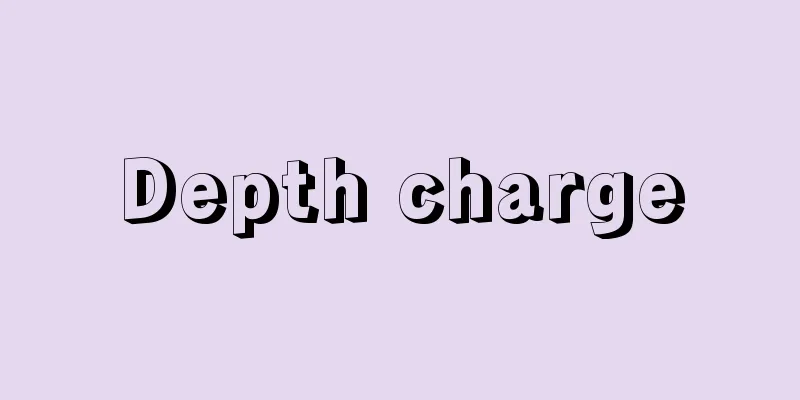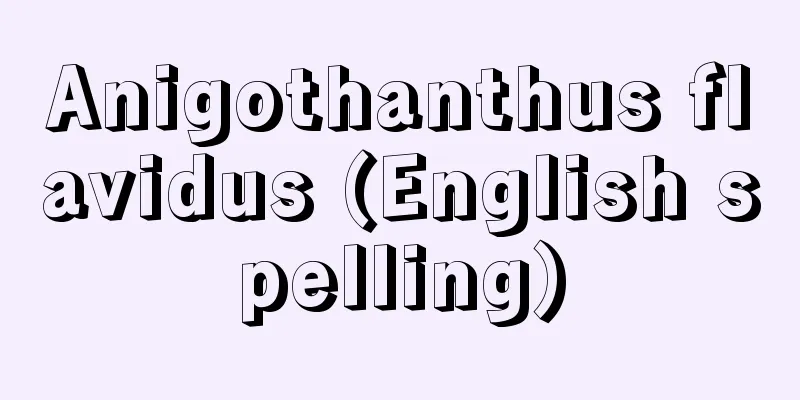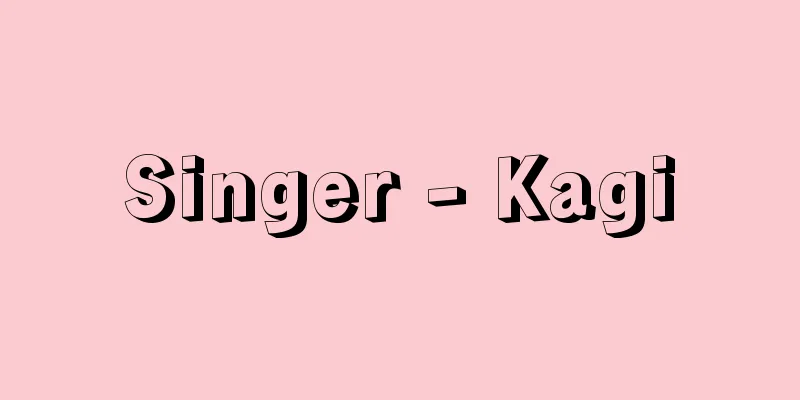Depth charge

|
Like torpedoes and mines, depth charges are underwater destructive weapons, but are primarily used for anti-submarine attacks. They are dropped from surface ships or aircraft, and explode when they reach a pre-determined depth, causing fatal damage to submarines. There are two types: drum-shaped (weight about 190 kg) and streamlined (about 150 kg), both of which have explosives of 90 to 135 kg. As submarine speeds have increased, they have now been replaced by streamlined depth charges, which have a higher sinking rate. In the early days, depth charges were dropped on a drop track at the stern of the ship, and dropped on the surface where a submarine was detected, but as the performance of sonar and other hydrographic weapons improved and the detection area expanded, depth charge projectors appeared, and K guns (projected on one side) and Y guns (for both sides) became capable of shooting up to 120 meters away. During World War II, depth charges were combined with forward-throwing launchers and developed as anti-submarine missiles. The main types include the Hedgehog (USA, 24-barreled), Mousetrap (USA, 4-barreled), MK108 rocket launcher (USA, single-barreled), Limbo (UK, 3-barreled), and Bofors rocket launcher (Sweden, 4-barreled). However, as submarines have become faster and deeper, the mainstream anti-submarine weaponry has become automatic homing torpedoes, and new surface vessels do not have the ability to project depth charges. Depth charges are also disappearing from the standard equipment of the Japan Maritime Self-Defense Force's escort ships. However, depth charges equipped with nuclear warheads are considered useful under certain circumstances due to their great destructive power, and both the US and the Soviet Union possessed nuclear depth charges (USA = Sabroc, Soviet = SS-N-15) during the Cold War. [Tetsuo Maeda] (A) ASROC: Launched from a surface vessel and detonated at a pre-set depth. (B) SUBROC: Launched from a submarine and detonated at a calculated depth. ©Shogakukan Conceptual diagram of a depth charge attack Source: Shogakukan Encyclopedia Nipponica About Encyclopedia Nipponica Information | Legend |
|
魚雷、機雷と同じ水中破壊兵器だが、もっぱら対潜水艦攻撃用として用いられる。水上艦艇や航空機から投下され、あらかじめ調定された深度に達すると爆発して潜水艦に致命的な損害を与える。ドラム缶型(重量約190キログラム)と流線形型(約150キログラム)の2種あり、いずれも爆薬量90~135キログラム。潜水艦の速度上昇に伴い現在では速沈性の大きい流線形型爆雷にとってかわられている。初期は艦尾に投下軌条を設け、潜水艦が探知された海面で投下していたが、ソナーなど水測武器の性能向上で探知海域が拡大されるにつれて爆雷投射機が出現、K砲(片舷(へんげん)投射)、Y砲(両舷用)で最大120メートル先まで射出できるようになった。第二次世界大戦中から爆雷は前投方式の射出機と組み合わされ対潜弾として多く開発された。そのおもなものにはヘッジホッグ(米、二四連装)、マウストラップ(米、四連装)、MK108型ロケット・ランチャー(米、単装)、リンボウ(英、三連装)、ボフォース型ロケット・ランチャー(スウェーデン、四連装)などがある。しかし潜水艦が高速、深深度化した結果、対潜武器の主流は自動追尾魚雷が占めるようになり、新型の水上艦艇は爆雷投射機能を有していない。海上自衛隊の護衛艦の標準装備からも爆雷は姿を消しつつある。ただ、核弾頭を装置した爆雷はその大破壊力によって特定の状況下では利用価値があるとみなされ、冷戦時代、米ソ両国は核爆雷(米=サブロック、ソ連=SS-N-15)を保有してきた。 [前田哲男] (A)アスロック 水上艦艇から発射して、あらかじめセットされた深度で爆発(B)サブロック 潜水艦から発射して、計算された深度で爆発©Shogakukan"> 爆雷による攻撃概念図 出典 小学館 日本大百科全書(ニッポニカ)日本大百科全書(ニッポニカ)について 情報 | 凡例 |
Recommend
Urfé, Honoré d'
Born: February 11, 1567 in Marseille [Died] June 1...
Invitation - Kanjo
To ask the Buddha to preach the law or to live in...
Start-up bonds - Kigyokosai
〘 noun 〙① A government bond issued by the state or...
Ion X-ray tube
…At the end of 1895, WC Roentgen discovered that ...
Pearson, RG (English spelling)
…Hard acids and bases, and soft acids and bases, ...
Christian Social Union
Germany: Christlich-Soziale Union (CHSU) is a cons...
Black Muslim
A secret society of black (African-American) peopl...
Aclarubicin
C 42 H 53 NO 15 (811.87). Also known as aclacinom...
Marceau, Félicien
Born: September 16, 1913, Cortanvert [Died] March ...
Rhabdocalyptus bidentatus (English spelling) Rhabdocalyptusbidentatus
… [Minoru Imajima]. … *Some of the terminology th...
Blue Narihira - Blue Narihira
...It is widely cultivated for ornamental purpose...
Medium-sized enterprise - Steady business enterprise
It is a coined term referring to companies that a...
Republican People's Party (Turkey)
The ideology that led the revolution was based on...
Yoshiaki Kato
Year of death: September 12, 1631 (October 7, 1631...
Impaired consciousness attack - Ishiki Genson Hossa
…It is an old term in epilepsy, but is still some...
![Kume [town] - Kume](/upload/images/67cb6c541fecb.webp)








